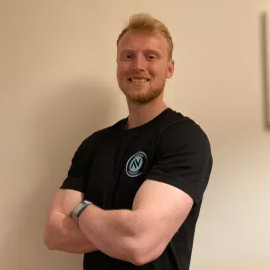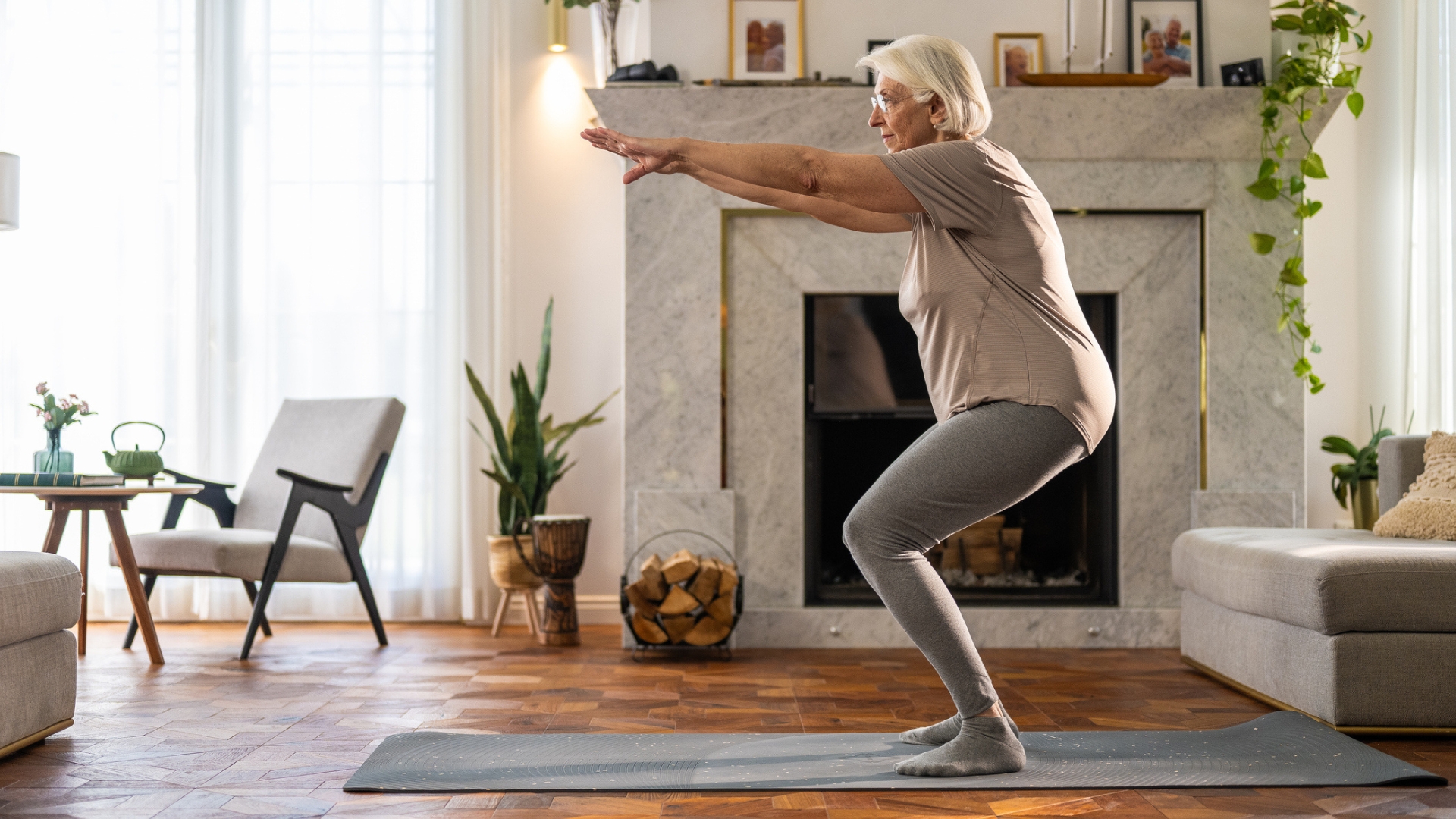Use this personal trainer's three core training tips to boost your abs workouts
Core workouts can improve your balance and ease back pain — here's how to get the most out of them


To start each day, you switch on your core muscles to sit up in bed. Surely, then, you'd think exercises designed to strengthen this area should come as second nature? Unfortunately, this isn't always the case.
To help you get more out of your next core workout, I spoke to high-intensity resistance training (HIRT) expert Ingrid Clay, from Chris Hemsworth's workout app Centr, who identified some common training mistakes and described how to set about solving them.
1. Start where you are
Core exercises can be challenging. That's why Clay says it's important to "start where you are".
So, if a workout tells you to do 45 seconds of an exercise, "don't feel like you have to do the whole 45 seconds," she explains. "I always say, give it at least 15 seconds, pull back and take a moment, then go for another 15 seconds."
This way, you can get a great core workout that's suited to you, whatever your fitness level.
2. Build a balanced body
The body is built in pairs of muscles responsible for opposing movements in a limb; think about the biceps and triceps, which bend and extend the arm, or the hamstrings and quadriceps, which do the same for the leg.
The abs are no different, and it's important to train them alongside the surrounding muscles if you want to build a fit, functional and balanced body.
Get the Fit&Well Newsletter
Start your week with achievable workout ideas, health tips and wellbeing advice in your inbox.
"The core is super important, not only for your posture and your balance but also for your overall stability," Clay explains. "But whatever you do to the front, you need to do to the back.
"A lot of the time we forget that what really braces us during our core workouts is our back. If you’re a beginner and your back is starting to give out before your core during abs exercises, that means it needs to be strengthened."
To fix this, Clay suggests flipping onto your front and performing a few sets of the superman exercise, which will strengthen the erector spinae muscles in the lower back.
3. Keep your head straight
This is one of the most common mistakes Clay sees during core workouts, and one I'm happy she flagged.
She says people have a habit of resting their chin on their chest during exercises like sit-ups and planks, taking their spine out of alignment and leading to less core activation.
But, by lifting your chin and maintaining a neutral (straight) spine, you'll work more of your core, enjoying greater benefits and a more effective workout as a result.
Benefits of core training
People often conflate abs and core training. And, while there's plenty of crossover between the two, they aren't the same thing.
Abs is a short form for abdominals; a group of muscles that form part of the core. This includes the rectus abdominis (responsible for the six-pack shape), spine-supporting transverse abdominis, and obliques, which are in charge of twisting motions.
The core includes a wider selection of stabilizing mid-body muscles. Developing them can boost your balance, reduce your risk of injury, and improve your strength and performance for sport as well as everyday activities like carrying the groceries.
It can also ease back pain, with stronger deep-lying core muscles taking strain away from the lower back when moving and lifting heavy objects. If you're keen to put Clay's tips to good use, why not take a routine from our collection of the best abs workouts for a spin?

Harry Bullmore is a Fitness Writer for Fit&Well and its sister site Coach, covering accessible home workouts, strength training session, and yoga routines. He joined the team from Hearst, where he reviewed products for Men's Health, Women's Health, and Runner's World. He is passionate about the physical and mental benefits of exercise, and splits his time between weightlifting, CrossFit, and gymnastics, which he does to build strength, boost his wellbeing, and have fun.
Harry is a NCTJ-qualified journalist, and has written for Vice, Learning Disability Today, and The Argus, where he was a crime, politics, and sports reporter for several UK regional and national newspapers.
-
 Put down the protein shake—this high-protein chicken and rice recipe is a better way to refuel after a workout
Put down the protein shake—this high-protein chicken and rice recipe is a better way to refuel after a workoutAnd it only takes 10 minutes to make
By Lou Mudge
-
 The three Pilates exercises every beginner should start with, according to an expert instructor
The three Pilates exercises every beginner should start with, according to an expert instructorA sequence that will take you no more than 10 minutes
By Alice Porter